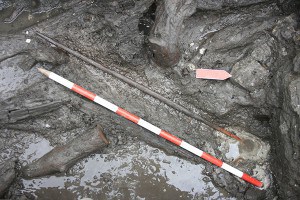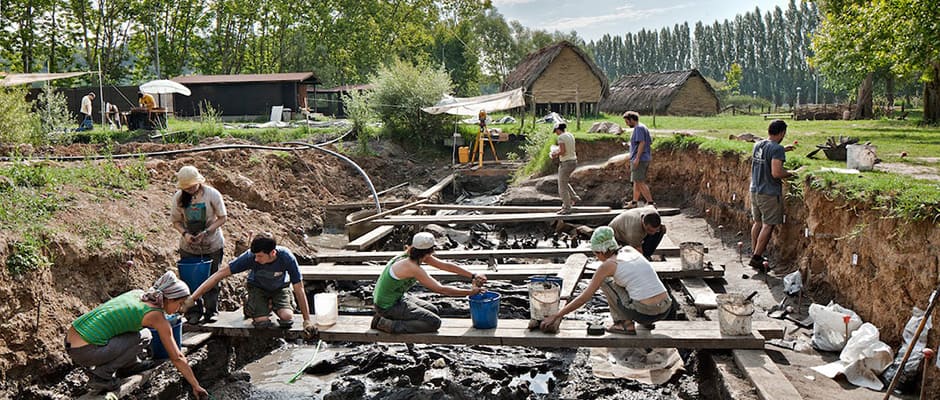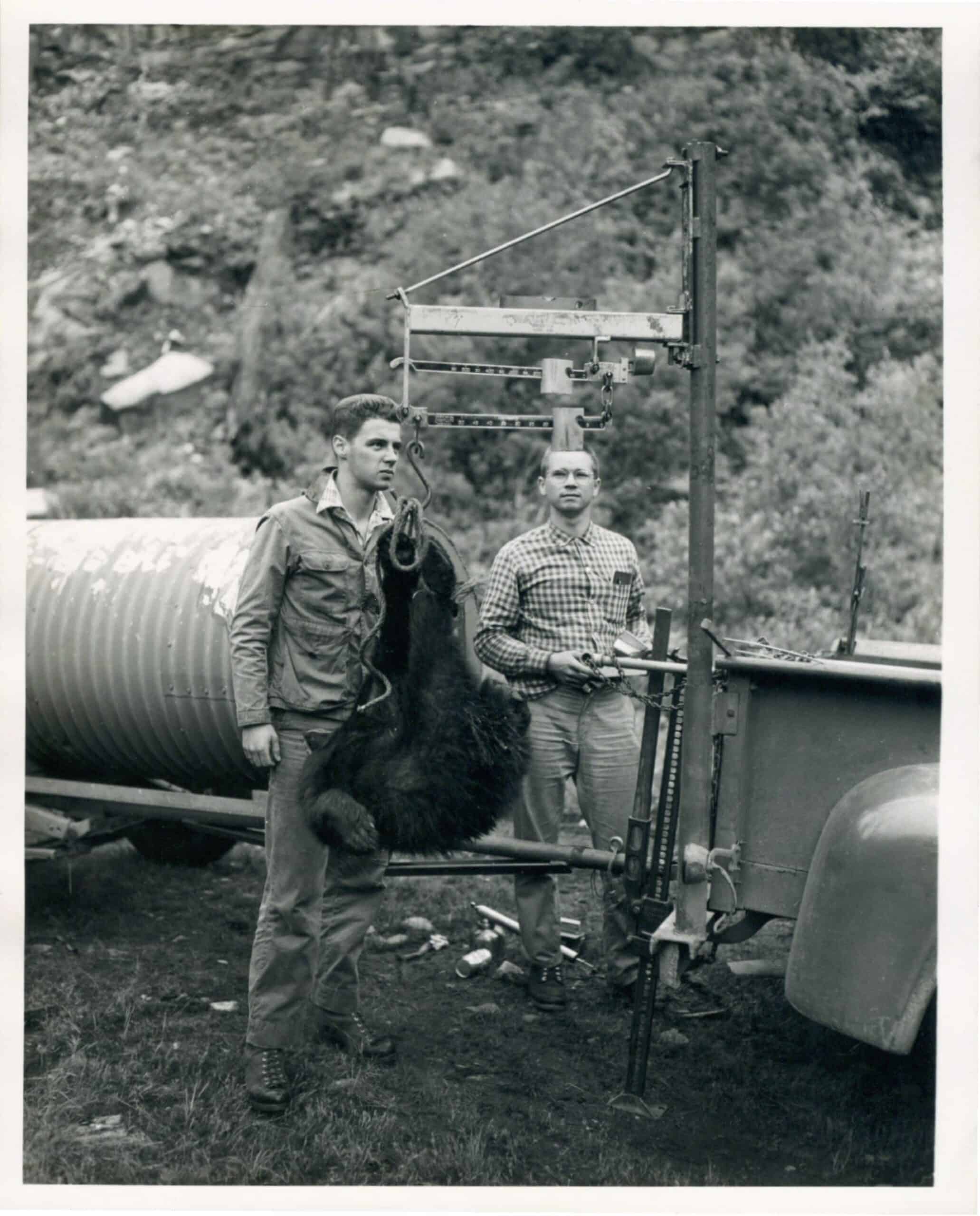Share this article
Early Human Farmers Used Hunting for Social Cohesion
Way before we had TV shows or manufactured board games, bowhunting may have been the pastime that brought communities together and marked individual prestige in societies.
New archaeological evidence suggests that some early agricultural communities may have collectively focused on hunting as a pastime — similar to its current role in society.
“Hunting was an element of social cohesion,” Xavier Terradas said, in Spanish, of a culture that existed in modern day Spain around 7,200 to 7,400 years ago. Terradas is an archaeologist with the Spanish National Research Council and a coauthor of the paper published recently in the Journal of Archaeological Science.

Neolithic wooden artifacts like this one were preserved for more than 7,000 years and show that humans may have used hunting as a form of social cohesion.
Image Credit: Spanish National Research Council
La Draga, a Neolithic site in Catalonia, Spain where Terradas worked, revealed a number of important archaeological artifacts from the period including full wooden bows that had been preserved under water that has receded more recently.
“The bows recovered in La Draga, besides being unique material documentation of early Neolithic archery and hunting technology, become part of the earliest archaeological evidence available on the social role of hunting in the first farming societies, especially in order to evaluate structural aspects such as economic specialization, division of labor and the nature of resource access,” Terradas said in a release.
The archaeologists also uncovered evidence that the people who lived there primarily drew their nutrition from agriculture and domesticated animals. Numerous seeds were found as well as the bones from cattle.
“Based on the bones, we can tell whether the animals are domestic or hunted,” Terradas said.
Researchers also discovered bones of hunted prey like deer, wild goats and other animals, but they estimated that only about 3 percent of the diet of the Neolithic people in this area actually came from hunted animals.
“Hunting is not related to subsistence but other elements,” Terradas said the authors concluded. They found a variety of projectiles made from different materials like rock, wood and bone, but Terradas said that there wasn’t much armed conflict between different groups of humans around that time. Instead, the study found that prestige was one of the main drivers of this form of social hunting and was linked to the type of animals hunted and prey distribution.
Header Image:
An archaeological team carefully works on La Draga site in Spain.
Image Credit: Spanish National Research Council








